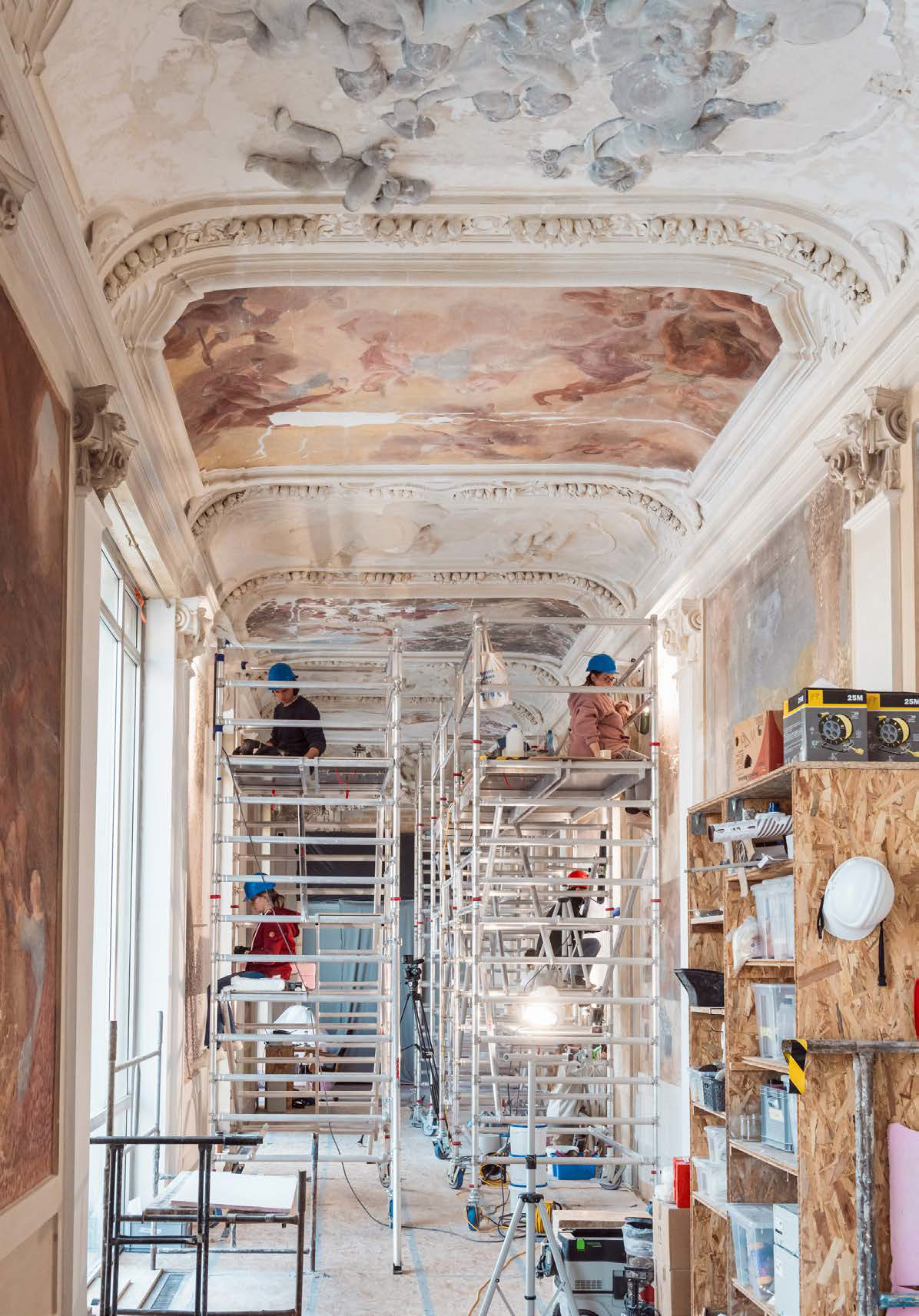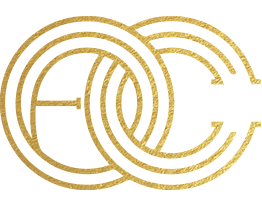
The Venue
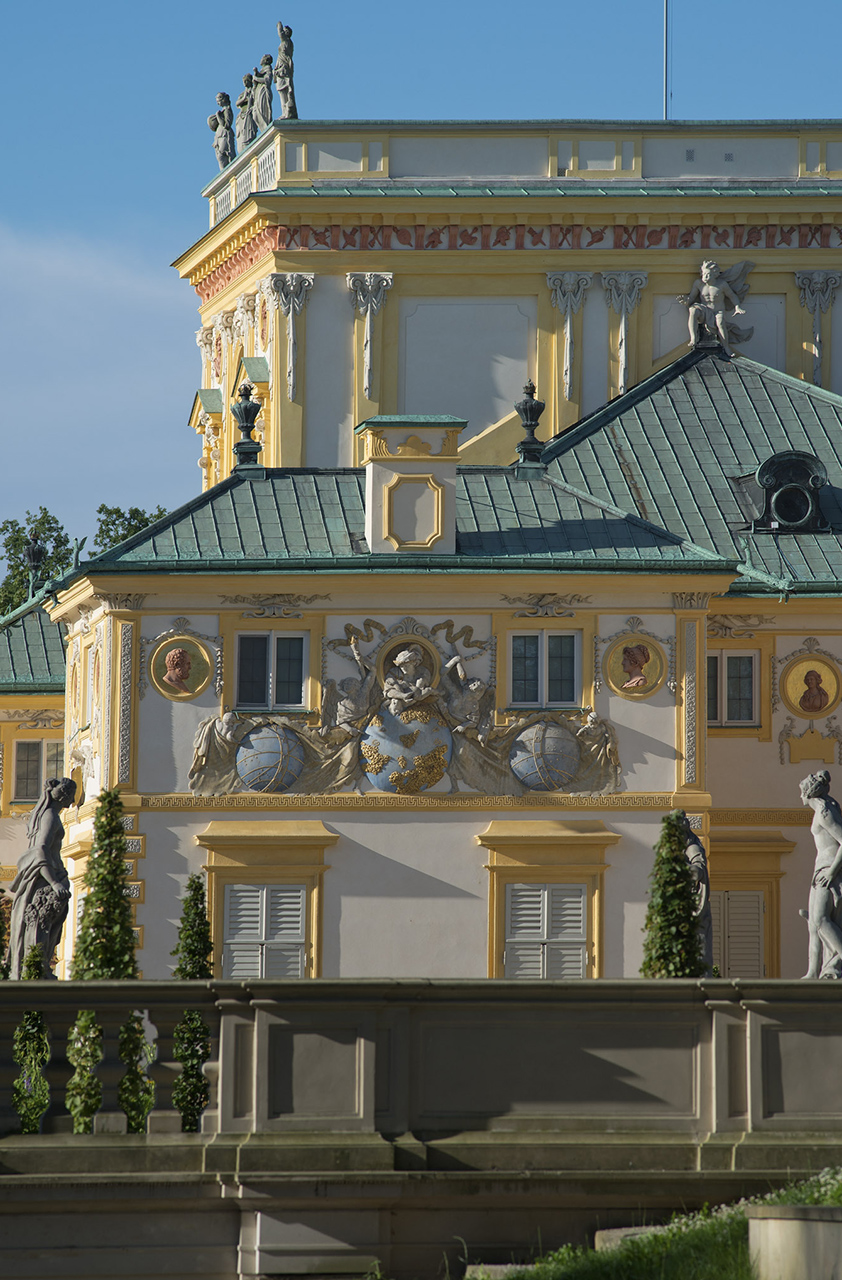
The historic royal residence in Wilanów fuses the essence of a quintessential Polish manor house, an Italian villa, and a French château, nestled between the courtyard and the garden. Constructed in the late 17th century, it was intended for King Jan III Sobieski, a distinguished tactician renowned for his triumph at the Battle of Vienna in 1683. A connoisseur of the arts and academia, this lover of books adeptly managed numerous estates. His summer retreat at Wilanów offered respite from the hustle of the capital whilst maintaining proximity to the Royal Castle, the official residence of the sovereign, and the Polish Parliament in Warsaw.
Encircled by splendid gardens replete with floral tapestries, sculptures, and quaint architectural features, the palace boasted a farmstead with outbuildings and a game reserve. The opulent adornments of the façades and palace interiors continue to evoke the power of the message conceived by Jan III, who personally determined the thematic and architectural aspects of the edifice. The erudite monarch alluded to ancient traditions and the image of the ruler, whose virtues fostered the prosperity of the Polish Republic and its denizens. Consequently, the embellishments showcase numerous mythological motifs, statues of muses – patrons of the liberal arts, portraits of Roman emperors, and heroes. Love themes are also abundant, as Wilanów was home to the devoted couple – Jan and Maria Kazimiera Sobieski, who together raised four children.
King Jan III drew his last breath at Wilanów, after which his sons inherited the estate. In 1720, Elżbieta Sieniawska, a formidable and skilled aristocrat, purchased it. Recognizing the symbolic importance of Wilanów, she oversaw the palace’s restoration and augmented it with wings, adhering to Jan III’s original intentions and designs. Successive owners further expanded the estate while concurrently preserving its character, singularity, and the very essence of the location. Izabella Lubomirska commissioned the construction of a pavilion adjoining the southern wing of the palace, complete with an ornate, well-appointed bathroom, and detached kitchen and guardhouse crafted by the eminent architect Szymon Bogumił Zug.
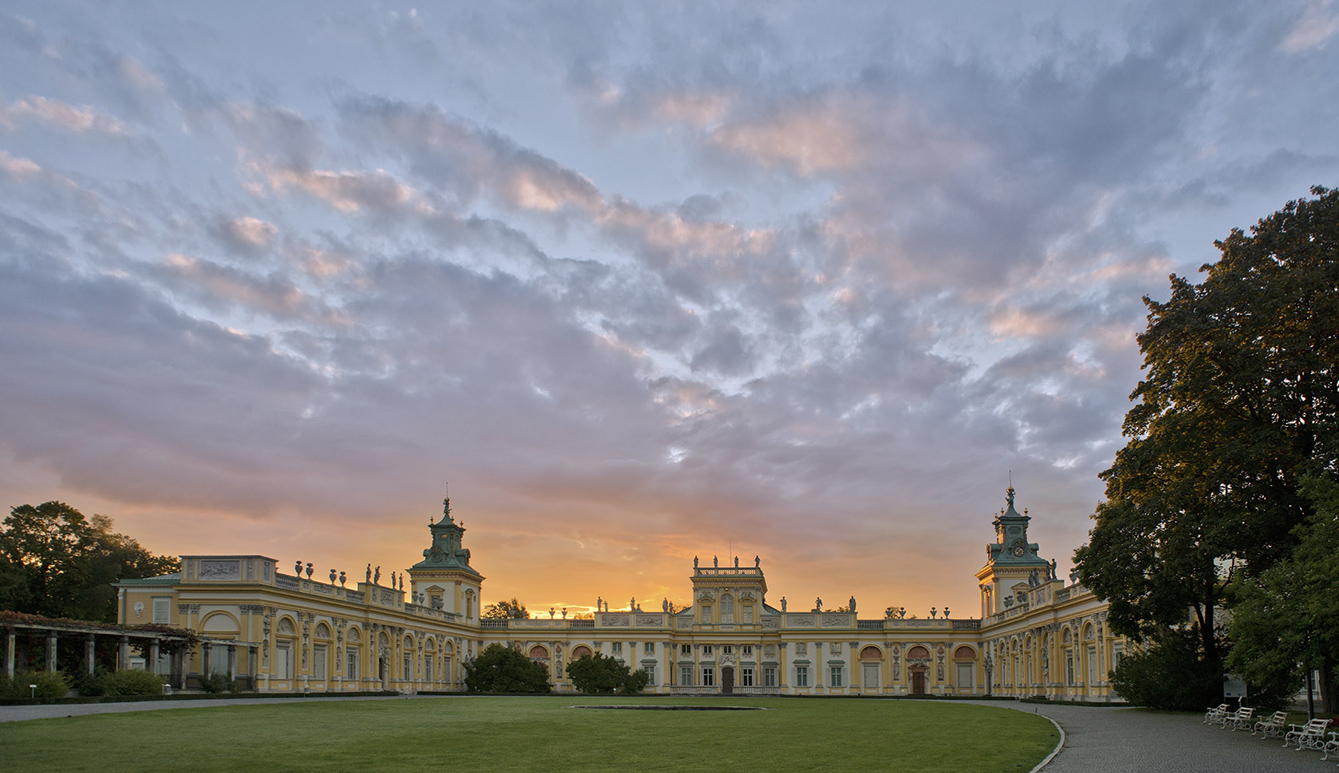
In 1805, prompted by Aleksandra and Stanisław Kostka Potocki, who had owned the palace since 1799, the royal apartments and Sobieski family mementos were opened to the public, together with a remarkable collection of European and Far Eastern art, including paintings, sculptures, craftworks, antique ceramics, and bisques. This event marked the founding of Poland’s first art museum. The crown jewel of the collection is the Equestrian Portrait of Stanisław Kostka Potocki (1781), created by Jacques-Louis David, a leading European artist.
Encircling the palace are gardens that retain and maintain historical designs, such as floral tapestries on the terraces, boxwood hedges and topiaries in the northern garden, and a distinct rose garden, which draws numerous visitors during the summer and autumn due to its antique rose varieties encircling the fountain and their alluring scent. The gardens are complemented by English-Chinese and English-style parks, replete with ancient trees and scenic views that incorporate natural bodies of water like the Służewiec Stream and Wilanów Lake. Across the lake, one can find the precious Morysin nature reserve.
Since 2004, extensive restoration work on the palace’s facades and interiors, as well as the gardens, has returned the former grandeur of this royal residence, which is now a sought-after attraction for tourists. Presently, the museum actively carries out its educational mission by hosting exhibitions, concerts, museum lessons, and conferences and seminars on both the cultural and natural values of the Wilanów estate, conducting scholarly research, and publishing books and catalogues. Historical reenactment workshops, particularly culinary workshops, are especially popular, utilising recipes from the oldest cookbooks published by the museum in partnership with culinary history and table culture researchers. The museum’s website, featuring the “Passage of Knowledge,” serves to spread knowledge, consisting of thousands of accessible scientific articles, photo galleries, and videos that showcase events from the history and traditions of the Polish-Lithuanian Commonwealth during the modern era. The museum team actively participates in the execution of projects within the European network of royal residences and historic gardens, promoting the exchange of expertise and highlighting Poland’s role in safeguarding a shared European heritage through its museums.
Museum of Pałacu Króla Jana III in Wilanów, est.: 1805.
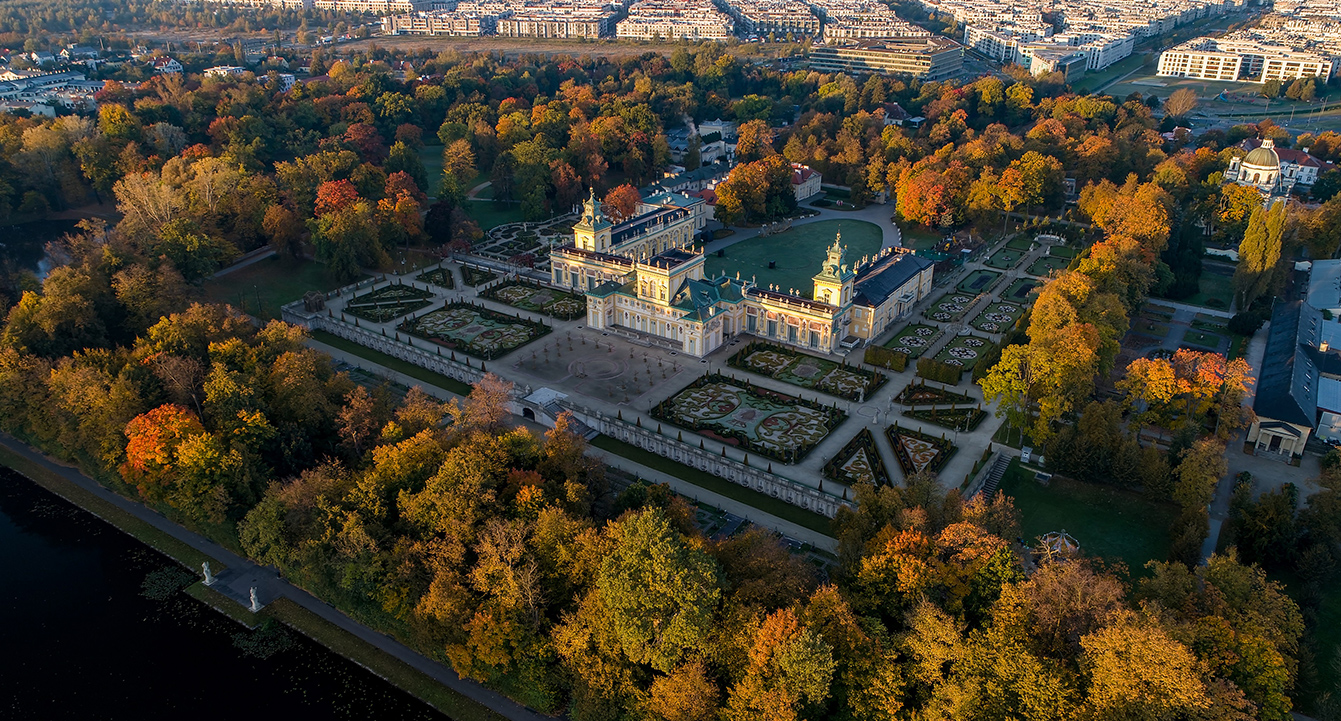
From experience, the palace museum must undergo significant conservation refurbishments every 42-45 years for its 38 historical structures (comprising around 100 in total), with a combined functional area of approximately 23,000 square metres. The museum is also responsible for preserving and maintaining its extensive collections of artwork and artistic embellishments throughout all the rooms, with particular attention to those rich in historical adornments. Furthermore, the museum oversees two historical parks – Wilanowski and Morysiński – spanning over 92 hectares. Additionally, the museum must also bear the expenses of technical and reception infrastructure as well as the execution of cultural programmes, specifically the flagship programme of cultural and patriotic-civic education.
Regrettably, the system of private donations for cultural objectives from individuals and businesses in Poland is rather feeble and virtually non-existent (excluding state-owned enterprises) when compared with nations possessing robust civil societies, where tax-deductible, socially-supported activities are more widely embraced. In Poland, aside from the church, donations are subtracted from the taxable income base, providing no incentive for donors. Consequently, donors receive no tax relief. While certain fiscally, socially, and culturally-focused policies of specific countries (e.g., conservatives in the USA and UK) might introduce tax incentives to bolster museums and their collections (subject to conditions for social utility, but devoid of sponsorship context), or permanent ones featuring modest annual limits and a distinct goal of social generosity assessed by tax officials and panels of experts.
Thus, it is of paramount importance to involve private business owners in philanthropic endeavours and offer the necessary financial assistance for the revitalisation and upkeep of historical landmarks that represent our cherished cultural heritage.
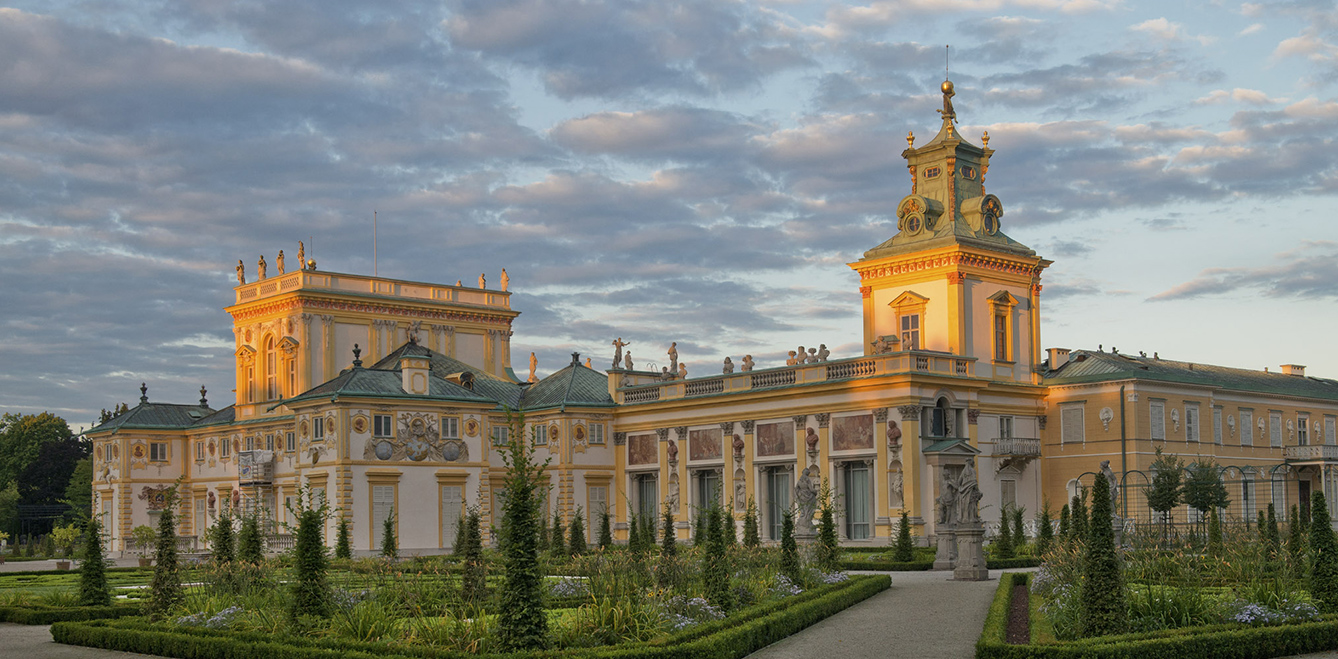
We are supporting worthy causes
The preservation of historic buildings stands as a key focus for the OmenaArt Foundation. In 2023, we formed a partnership with the Museum of King Jan III’s Palace at Wilanów to undertake the restoration of the remarkable murals in the North Gallery. The Foundation contributed nearly 800,000 PLN towards the conservation of these decorations and also took part in efforts to promote the protection of this historic site.
The North Gallery, erected in the late 17th century by King Jan III Sobieski and featuring murals by Michelangelo Palloni, is an important part of Poland’s artistic legacy. The murals, depicting the mythological tale of Cupid and Psyche, symbolise the loving relationship between Jan III Sobieski and Marysieńka.
Given the gallery’s exposure to the elements, the artworks have sustained significant damage over time. The restoration project includes technological analysis, detailed documentation, and enhanced preservation measures for the gallery’s decorations. Expected to last around nine months, the project is set to be completed by May 2024. The project brings together several experts in the conservation of sculptures and murals, as well as
specialists in material research.
This collaboration between the OmenaArt Foundation and the Museum of King Jan III’s Palace at Wilanów is a prime example of how public and private entities can work together towards common goals. Thanks to this joint effort, the North Gallery’s murals will not only be preserved from further deterioration but will also be restored to their former beauty, ensuring they continue to be appreciated by art and history enthusiasts for years to come.
